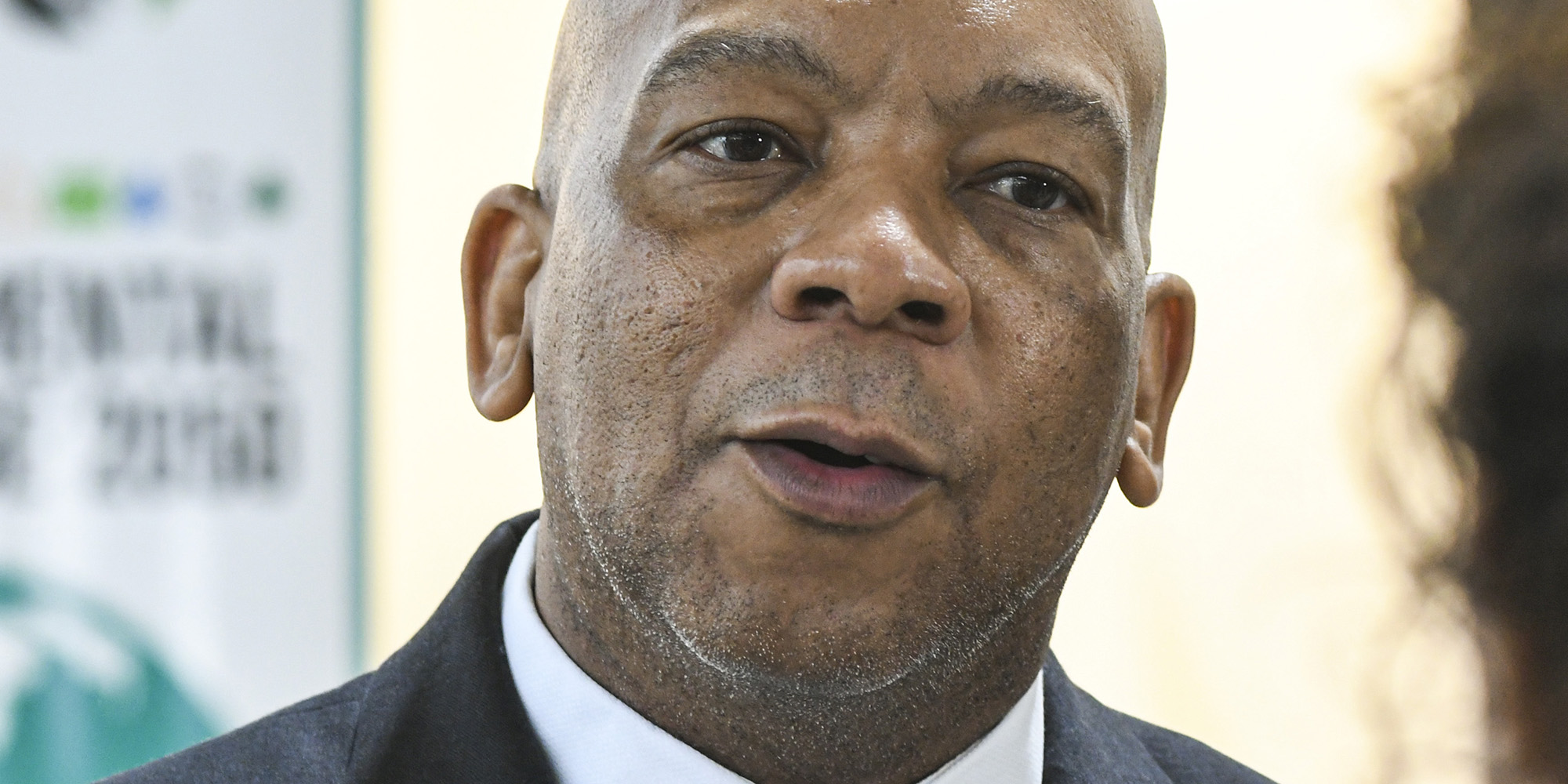Minister of Electricity and Energy Dr Kgosientsho Ramokgopa said on Tuesday that by 2029, the 1.6 million households in South Africa currently without electricity would be connected.
That’s if everything goes according to plan to ensure universal access by the end of the seventh democratic administration.
“We have made the undertaking that the country will achieve universal access in the seventh administration,” said Ramokgopa.
“The 1.6 million households that don’t have access to electricity will be connected by the end of these five years. I am more than confident we are going to achieve universal access.”
In doing so, the government hopes to address the issue of load reduction.
The effect of illegal connections
The minister was appearing before the South African Human Rights Commission’s National Investigative Inquiry into the Impact of Load Reduction on Human Rights.
Eskom previously told Daily Maverick that, unlike load shedding, which is initiated when there is insufficient generation capacity to supply demand, load reduction is used in specific areas when there is sufficient electricity available, “but a transformer’s integrity is at risk due to overloading”.
Read more: While load shedding may be a thing of the past, blackouts still hit many consumers
“Load reduction is a proactive measure that Eskom uses to protect human life and equipment worth millions of rands — particularly mini-substations, transformers and people’s livelihoods.”
The minister said the “basis of load reduction is illegal connections. Municipalities’ ability to collect that which is due to them keeps on contracting and therefore [so does] municipalities’ ambition to continue as a going concern.”
The minister noted that municipalities owed Eskom more than R100-billion collectively. Municipalities in return are collectively owed more than R387-billion by consumers, exemplifying what a 2023 Treasury Municipal Debt Relief Circular described as a “complex national problem”.
Just weeks after the National Energy Regulator of South Africa (Nersa) approved a 12% tariff increase for Eskom for the 2025/26 financial year, the minister explained how nonpayment was one of the factors that could affect the price of electricity.
“From Eskom’s side, what that means is that when Eskom is owed that amount of money, in the next cycle of tariffs in three years, what Eskom does when it makes an application to Nersa, they say: ‘There is this amount that I cannot collect and I can show you I have generated the electricity. I can show you that I have given it to a municipality and they are undermining my ability to continue as a going concern. I am asking that in the tariff you must include a percentage that takes account of the fact that I have not been able to collect that which belongs to me,’” said Ramokgopa.
Off-grid solutions
Referring back to load reduction, Ramokgopa said his department was making use of solar home systems and microgrids.
“We are formalising everywhere and we are going to … ensure [certain communities] get free basic electricity to the extent that it is necessary and we are able to use some of this income to replace an ageing infrastructure and make sure that everything has got electricity around the clock.”
He said the price of coal was another driving force behind Eskom tariff increases. Eskom would focus on solar as an energy source because “it’s not a function of the fluctuations of the markets.
“Coal can be subject to international price because those that supply Eskom, in some instances, they want to peg it with international prices or they say to Eskom, ‘I’m not getting a better price from you, I’m going to export it. If you want it, you must buy it at a higher price,’ and that’s what informs that baseline of tariffs.”
“But if you are relying on your own endowments, it’s a natural gift from God so it’s not subject to those escalations and that’s how you are able to suppress the rate at which these tariffs might increase going forward and that’s why we are going through this model of the microgrids and we have already started in a number of municipalities.”
“We are committed to the resolution of this problem. Load reduction is important but just one of the many components that constitute the issues of energy poverty and energy hunger in our country and we will do everything we are able to address this situation.” DM





